By Fran Wilson, Patrick Andrus and Laura Hudock on behalf of the Notables Committee For 27 years dedicated members of the Children’s Literature Assembly have served on the seven-member committee tasked with selecting 30 Notable Children’s Books in the Language Arts (NCBLA). While enthusiastic summaries of each title on the annual NCBLA list have been a highlight for readers of the Journal of Children’s Literature and Language Arts as well as for session attendees at the annual National Council of Teachers of English conference and Tucson Festival of Books, in coming months the instructional possibilities of selected NCBLA titles will now regularly feature on this blog. To launch this resource alongside the announcement of the 2024 NCBLA list, three current members Fran Wilson, a second-grade teacher in Madeira, Ohio and the 2024 NCBLA Chair, Patrick Andrus, a fourth-grade teacher in Eden Prairie, Minnesota and the 2025 NCBLA Chair, and Laura Hudock, an assistant professor of literacy and children’s literature at Framingham State University wish to pull back the so-called curtain to shed light on the selection process. All titles on the annual NCBLA list are works of fiction, nonfiction, and poetry penned for children in grades K-8 and published in the previous calendar year. These selected children’s books have to exemplify additional criteria, including
The exemplary children’s books named to each NCBLA list are high-quality texts that promote language arts and offer a range of literacy-related instructional possibilities. For example,
As we narrow down 768 prospective titles to a list of 30, the two *asterisked criteria often serve as our guiding light for envisioning instructional possibilities. Though we may anticipate a particular title’s positive reception to an audience of K-8 readers, we need to be certain that our assessments align with the responses of actual children. So, committee members often read aloud to their young children, grandchildren, K-8 students, and under/graduates enrolled in children’s literature and literacy courses. Patrick and Fran will highlight two ways we informally tested the asterisked criteria for titles published in 2023 and considered for the 2024 NCBLA list. Patrick’s Polling Insights During scheduled Zoom meetings each committee member nominates titles read to date as potential final selections based on NCBLA criteria, but we often wonder about how the intended audience of K-8 readers would receive these books. To help prioritize the target audience in committee discussions and voting, I (Patrick) have had the opportunity to share these nominated titles with my fourth-grade class. Throughout the past voting year, I tested out various picturebooks with this real-life "studio audience" to obtain a sampling of up to twenty-five elementary-aged readers’ honest, authentic opinions. I share one picture book each school day as part of my daily teaching routine. My fourth-graders become excited when they know I'm testing a picture book - they’re eager to contribute to the selection process and take this role seriously. My students offer their candid observations, inquiries, and themes related to these books. Many times after I finish one of the book selections, a student will shout out, “Now that is a five-star book!” or predict, “That one is going to be the winner this week.” At the end of the week, I collect their votes for the favorite picturebook of the week. Of note, some titles have been redacted. Of those deemed potential final selections for the NCBLA list by our committee, some fell flat with my students when real aloud while others delivered positive responses. Sometimes, quite surprisingly to our NCBLA committee, a title would receive overwhelmingly enthusiastic engagement compared to other contenders. The diverse preferences among my students, reflected in the voting screenshots I share with the committee via text messages, enrich our conversations and reaffirm our mission to select the thirty best titles each year. Fran’s Student-Initiated Persuasive Essays When I (Fran) shared A Few Beautiful Minutes: Experiencing a Solar Eclipse, a picturebook written by Kate Allen Fox and illustrated by Khoa Le, my second-graders quickly noticed that the endpapers had illustrations featuring the stages of a solar eclipse. They were not only mesmerized by the rich, descriptive text highlighting the observable changes happening over a few beautiful moments but also appreciated the colorful illustrations depicting people gathering to make once in a lifetime memories. Upon learning that a total solar eclipse would be visible in many parts of North America this year, they wanted to know if their city was in the path of totality. After some research, guess what they discovered? They live on the southern limit! After realizing the disappointment that April 8th was a school day, many students decided to voice their opinion–not just to me, but to my school district’s superintendent. Using information in the back matter and additional research, they wrote persuasive essays on why they should be released from school to experience the eclipse with their families. Here is a an example of a second grader’s two-page persuasive essay: [Insert Blog_Pic 4] Lo and behold, my superintendent called an early release on April 8th! My students have realized the power of voicing their opinion. Now, I can’t wait for them to learn the titles on the 2024 NCBLA Award list. These children will truly know that their opinions matter! Drumroll please…
As members of the 2024 NCBLA committee, we are privileged to serve alongside exemplary K-16+ educators. It
is our hope that with these shared insights into the selection process
and future blog posts about the instructional possibilities, you will be
inspired. Now, we present the 2024 list of Notable Children’s Books in Language Arts.
Fran Wilson is a second-grade teacher in Madeira, Ohio and the 2024 NCBLA Chai.
Patrick Andrus is a fourth-grade teacher in Eden Prairie, Minnesota and the 2025 NCBLA Chair. Laura Hudock is an assistant professor of literacy and children’s literature at Framingham State University. 2024 Notable Children’s Books in the Language Arts Selection Committee Members
By Jennifer Slagus and Callie Hammond There is something endlessly energizing about reading new things—whether it’s an anxiously-awaited release, a long-term tenant on your TBR-list, or the research of an emerging scholar (maybe we’re a little biased on that last one). Members of the CLA Student Committee are privileged to do just that: to read exciting books and write about all the exciting ways they can be used in classrooms to improve the lives and learning of our students. Much of our work as early career researchers highlights critical pieces of children’s literature that attend to the social, cultural, and political contexts of our real and literary worlds. We want to share a few recently published, award-winning books relevant to our doctoral research that highlight young peoples’ bravery and acts of resistance. All three are critical, impactful reads worth embedding in each of our classrooms in 2024. Jennifer Slagus I’m a huge fan of books by authors who share a lived reality with their characters. As a neurodivergent researcher, I strive to highlight middle grade novels that help to restory the perceptions of who neurodivergent people are (and who they’re allowed to be). There have been many fabulous authors in the past five years or so who have contributed books that do just that. But one author sticks out to me as an exceptional advocate for neurodivergent acceptance: Sally J. Pla. She’s an autistic middle grade author and the founder of A Novel Mind, a website that centers mental health and neurodiversity representation in children’s fiction. ANM has been a gold mine for my research. Not only does it feature a vibrant blog and a ton of educator resources, but it also has a database of over 1,150 children’s books featuring mental health and neurodiversity representation.
Callie Hammond As a middle school teacher for ten years, I often utilized picturebooks to engage my students and to teach discrete skills, usually about grammar, and to illustrate writing techniques. These lessons had varying success—sometimes the 7th graders would be open to reading a picturebook, other times they rolled their eyes and refused to participate. The most successful picturebooks that I ever brought into my classroom though had nothing to do with grammar or writing, they had to do with Anne Frank. I taught her diary to 6th graders who, unless they were readers themselves and had already discovered World War II fiction, had no knowledge of the Holocaust or how Jews were treated in the years preceding the war. My Anne Frank picturebook collection featured many books about Anne (there are a lot of them out there), but also books that explained significant parts of the war: the night of broken glass, Jewish resistance, children in concentration camps, children who also hid during the war, and many others. Now, as a doctoral student in English education, I have come full circle to analyze the stories of Jewish female protagonists in YA novels about World War II, and representations of the Holocaust in picturebooks. Two of these picturebooks were published in 2023 and feature stories and information that our students need and can learn from. Both books were also just named Notable Books for a Global Society Award for 2024. As is fitting for a book about a traumatic historical event, both are nonfiction and have extensive back matter to explain the stories. Utilizing both of these picturebooks in the classroom with older students can prep them for the heavier history or readings a teacher might soon introduce. They also provide picture evidence of hardships and bravery without being too macabre. Jennifer Slagus is a doctoral candidate at Brock University in Ontario, Canada and Coordinator of Research & Instruction at the University of South Florida Libraries. Jennifer’s doctoral research focuses on representations of neurodivergence in twenty-first century middle grade fiction. Callie Hammond is a doctoral student at North Carolina State University in Raleigh, North Carolina. Callie’s doctoral research focuses on accessing historical knowledge when teaching literature that involves the Holocaust and using critical content analysis to analyze and understand representations of the Holocaust in children’s picturebooks. CLA Student Committee Members
By Susan PolosAt the beginning of each school year, teachers flock to public and school libraries in search of familiar or new back-to-school books to read to classes as they welcome students to a new school year. There is no shortage of titles from which to choose. Typical displays in most libraries showcase dozens of choices. Many picture book series feature a well-known character going back to school. Froggy, the Pigeon, the Pout-Pout Fish, Llama Llama and Lola are just a few familiar characters who face their fears and find that school is a happy place. School itself may be the focus of the read-aloud. This Is a School by John Schu, illustrated by Veronica Miller Jamison, lets children know that school is not just a place but is also a collection of people, grown up and young, whose diverse identities enrich the process of learning. School’s First Day of School by Adam Rex, illustrated by Christian Robison, turns the perspective from the student experience to the experience of the personified school building, which is happy when children are happy and playfully squirts water from the water fountain in the face of a child who has something negative to say about school. A perennial favorite in many classrooms is First Day Jitters by Julie Danneberg, illustrated by Judy Love. The story follows a reluctant protagonist who resists all efforts to get ready for school. Only at the end is it revealed that this character is actually the teacher. This offers the opportunity for students to appreciate that their teacher is a person, too, who may have feelings about the new year that are complicated, just like their own. It is also funny, and first days are better when the class can share a laugh. Beyond the first-day-of-school perspective from the school and teacher, there’s even a book about the first day of school from the point of view of the bus, Little Yellow Bus by Erin Guendelsberger, illustrated by Suzie Mason. The bus, like the teacher, is nervous, but he pushes through and has a great first day! Children’s literature provides positive examples of children’s agency in the face of new experiences. The Queen of Kindergarten by Derrick Barnes, following The King of Kindergarten, both illustrated by Vanessa Brantley-Newton, is the story of a child who is primed to be successful by her family as she internalizes their praise and deep respect. A fun detail occurs as she is asked to select a book for a classroom read aloud and selects Crown, a book by the same author. Another book that shines light on attitude is I Got the School Spirit by Connie Schofield-Morrison, illustrated by Frank Morrison. This book will create excitement in the classroom as students appreciate that they bring the enthusiasm necessary to shape a strong community. The Day You Begin by Jacqueline Woodson, illustrated by Rafael López is a book that will help students who worry that they might not fit in. It will open conversation about the value and importance of welcoming and appreciating everyone and provide a springboard to celebrate differences and to find similarities. This can be paired with All Are Welcome by Alexandra Penfold, illustrated by Suzanne Kaufman, a picture book whose simple message of inclusivity is told in rhyme and reinforced with the images of happy and diverse children. Every school year is new as students move through different grades, and first days are the subject of books for older students as well as the very young. Beyond picture books, check out the early chapter book Harry Versus the First Hundred Days of School by Emily Jenkins and illustrated by Pete Oswald. Harry is in first grade, and each chapter follows the calendar academic year as he experiences the ups and downs of the school year. For added fun, the author refers to over a dozen picture books which can be read aloud during the school year, including Last Stop on Market Street by Matt de la Peña, illustrated by Christian Robinson, and Niño Wrestles the World by Yuyi Morales. Middle schoolers will love New Kid and Class Act by Jerry Craft, graphic novels that follow Jordan, a new student, and his friends as they navigate middle school. There are many more titles not included here, and this is just a sampling, barely scratching the surface of what is available. First day worries are ubiquitous, and books can normalize the sense of unease while bringing classes together to laugh and to consider how creating a sense of belonging for all can set the tone for the whole year. Susan Polos is the middle school librarian at Greenwich Country Day School in Greenwich, Connecticut, and is a CLA member. By Ted KeslerI have just completed my position as chairperson of the NCTE Poetry and Verse Novels for Children Committee. Our list of notable poetry and verse novels that were published in 2021 as well as other information about the award can be found on the NCTE Award for Excellence in Poetry for Children page. In the post Exploring Notable Poetry Books for Advocacy with Children published on 3/15/2022, I presented three notable poetry piturebooks from this list that promote advocacy and offered lesson plan ideas to do with children. In this second post, I discuss three notable verse novels that promote resourcefulness and the strength of family bonds in the face of overwhelming adversity. All three verse novels featured– Samira Surfs (Ruhksanna Guidroz), The Lost Language (Claudia Mills), and Red, White, and Whole (Rajani LaRocca) – feature 12 year-old girl protagonists. Therefore, I recommend these books for grades 5 through 7 readers. First, it is important to establish what constitutes notable verse novels for children. Our committee’s definition is:
The verse novels I present in this blog post certainly meet these criteria to heighten each protagonist’s encounter with adversity. An example is from Samira Surfs. Samira, her older brother, Khaled, and their parents are now living as unwanted refugees in Bangladesh, after escaping religious persecution in Burma (now called Myanmar). “Escape”
This excerpt expresses the power of poetry to convey this harrowing experience. Guidroz uses onomatopoeia, personification, strong imagery and word choice, metaphor, line breaks and stanzas to "create images, express feelings, and stir emotions.” This book invites so many analytic and creative responses that will heighten students’ intentions for social justice. Here are some suggestions:
All three verse novels also contend with issues of trauma. I pointed out the issues in Samira Surfs. In The Lost Language (spoiler alert), Bumble and her father contend with her mother’s mental breakdown. In Red, White, and Whole (spoiler alert), Reha and her father contend with her mother’s leukemia. Here is one excerpt:
Here I turn to The Vulnerable Heart of Literacy (Dutro, 2019) for guidance. After reading this and other poems in the novel that focus on Amma’s illness, teachers might open invitations for students to share and write their own entries of times that they faced fear of illness or injury or hospitalization for themselves or loved ones that would open the vulnerable heart of literacy in the class community. These kinds of invitations are also possible for poems that describe the traumatic situations in Samira Surfs and The Lost Language. By making our classrooms sites of testimony and critical witness, we create “literacies of connection, of love, and of respect for the knowledge that comes from pain, from struggle, and toward the power of bringing that knowledge to learning” (p. 113). Ted Kesler, Ed.D. is an Associate Professor at Queens College, CUNY and has been a CLA Member since 2010. He served as chairperson of the NCTE Poetry and Verse Novels for Children Committee from 2019 to 2021. www.tedsclassroom.com | @tedsclassroom | www.facebook.com/tedsclassroom) By Ted Kesler I have just completed my position as chairperson of the NCTE Poetry and Verse Novels for Children Committee. Our list of notable poetry and verse novels that were published in 2021 as well as other information about the award can be found on the NCTE Award for Excellence in Poetry for Children page. In this blog post, I discuss three notable poetry books from this list that promote advocacy and provide lesson plan ideas to do with children. Photo Ark ABCPhoto Ark ABC: An Animal Alphabet in Poetry and Pictures, poetry by Debbie Levy and photos by Joel Sartore (National Geographic Kids, 2021). The diverse and playful poetry forms in Photo Ark ABC oscillate with vibrant pictures to create fascination with each animal that is represented. Here is one example:
The book is part of the Photo Ark Project, that aims to “document every species living in the world’s zoos and wildlife sanctuaries, inspire action through education, and help save wildlife by supporting on-the-ground conservation efforts” [Back Book Cover]. Therefore, the book provides wonderful online resources to use with children, which expand opportunities for classroom explorations. Here are some ideas:
The Last Straw The Last Straw: Kids vs. Plastics, poetry by Susan Hood, illust. by Christiane Engel (HarperCollins, 2021).
My Thoughts are Clouds
My Thoughts Are Clouds: Poems for Mindfulness, poetry by Georgia Heard, illust. by Isabel Roxas (Roaring Brook Press, 2021).
Ted Kesler, Ed.D. is an Associate Professor at Queens College, CUNY and has been a CLA Member since 2010. He served as chairperson of the NCTE Poetry and Verse Novels for Children Committee from 2019 to 2021. www.tedsclassroom.com | @tedsclassroom | www.facebook.com/tedsclassroom) By Debbie Myers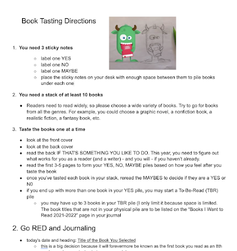 The amount of time readers spend engaged with self-selected text matters. Kylene Beers and Bob Probst, authors of many professional development books such as Disrupting Thinking: Why How We Read Matters (2017), argue that self-selected reading is one way to increase reading engagement. In Disrupting Thinking (2017), Beers and Probst explain a study conducted by Anderson and colleagues (1988). This study demonstrates the impact of time spent reading on reading achievement. One measure Anderson et al. use is the total number of words a student encounters based on the time they spend reading outside of school and their reading rate. The results of the study indicated that fifth graders who were in the 98th percentile read 65 minutes a day outside of school and encountered approximately 4.3 million words each year. In contrast, students in the 70th percentile read for only 10 minutes a day, decreasing the number of words they encountered to 622,000. Students in the 50th percentile read for only 5 minutes a day and encountered only about 282,000 words. Finally, students in the 30th percentile read for less than 2 minutes each day and encountered only 106,000 words each year. The disparities between the amount of time read, the projected number of words encountered, and reading achievement was striking. Anderson and colleagues concluded that teachers can have a large influence on how much time students spend reading outside of school and suggested that teachers work to connect readers with high-interest texts at an appropriate reading level. Since the amount of time readers spend engaged with self-selected texts clearly matters, our job as teachers is to work hard to get those self-selected texts into our students’ hands. I use Book Tastings to introduce students to a wide variety of books. This post will describe what a Book Tasting is, how to host one, and some of the results of Book Tastings I have done with my students. What is a Book Tasting? Similar to a wine tasting or food tasting event, Book Tastings are an event where readers sample or “taste” a selection of books. This activity encourages readers to sample a large selection of books in a fairly short period of time as a way to help them find a book they are interested in reading. Book Tastings are great events to hold at the beginning of the school year, the beginning of a new quarter, or any time you feel like your students need some to sample some new reading materials. 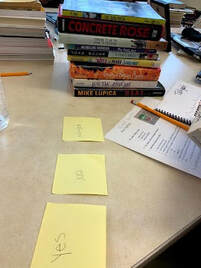 How do I Host a Book Tasting? To host a Book Tasting event, teachers should collect a variety of high-interest books across a range of genres. You can host the tasting in your own classroom or even ask the school librarian to pull some books for students to taste in the library. Once you have collected your texts, create areas in the classroom to display the texts so that the covers of all of the texts are visible. You may decide to categorize the texts by genre in different areas of the room so that there is a section for fantasy books, a section for historical fiction, etc. Pass out three sticky notes to each student. Instruct students to write "yes," "no," and "maybe" on each post-it note and put them on their desks. Students will use these to categorize the books they taste into three piles. Once readers have their sticky notes ready to go, the teacher sets the timer and gives them 90 seconds to walk around the room, gathering books for their book tasting stacks. Readers select ten books to taste. Allow students lots of time to taste their book selections. Ideally, readers will taste books from all genres, but it is more important to make book tasting a positive experience. Therefore, I never ask students to put books back; rather, I simply remind them that I hope they will expand their reading horizons this year by engaging with different types of books and books that showcase many different perspectives. So if students have an entire stack of fantasy books, I offer a few more books to taste from other genres to help them consider some additional possibilities. Encourage readers to sample their books in multiple ways and in ways that feel natural for them. I suggest that readers examine the front and back covers of the book and read at least 3-5 pages of the book before making a determination. I also suggest that they read the back cover or inside flap if that is something they like to do. After readers taste each book, they categorize them into three piles: a yes pile, a no pile, and a maybe pile. After categorizing each book, readers go back to their maybe piles and sample the books again to make a yes or no determination. If readers have more than one book in their yes piles, they decide which book they will read first and add the other yes titles to their “to be read” (TBR) lists in their reading journals. 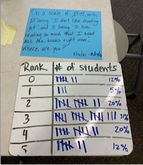 Why Use Book Tastings? Oftentimes, students arrive in class without knowing who they are as readers because previous teachers have been the ones selecting the books they read. Because students often are not afforded opportunities to select their own reading materials, they often have a negative attitude toward reading. At the beginning of each school year, I ask my students to rate how much they like reading on a scale of 0 to 5, where 0 is “I don’t like reading yet” and 5 is “I love reading so much that I need to read ALL the books right now.” During the 2020-2021 school year, I began the year with only 22% of my students selecting a 3 or higher. When I asked my students to rate how much they like reading again at the end of the year, that number had increased to 92%. Assisting my students in discovering books that were interesting to them not only increased the amount of time they spent reading, but also increased their attitude toward and enjoyment of reading. This year, we are off to an even more promising start. When I asked my students to rate how much they enjoy reading at the beginning of the 2021-2022 school year, 63% of students selected a 3 or higher (see image on the right). These results give me hope that with the use of Book Tastings throughout the year, I will reach my end goal of 100% of students rating their enjoyment of reading at a 3 or higher. My Fall 2021-2022 Book Tasting On the first Book Tasting day this school year, the room was dead silent as readers tasted their books. Some students chose to take notes, while others did not. Once each student had at least three or four books in their YES stacks, I asked them to make the most important decision a reader can possibly make: decide which book to read first. After readers made their decision, I asked them to journal about the book they chose and why they had said yes to the books they selected. In the end, each reader had a self-selected book and most had already started their To-Be-Read (TBR) stacks with some pretty fantastic reads! Getting self-selected books into the hands of my readers helped students feel motivated and inspired to read - and that's exactly what I needed to initiate a positive shift in their perception of reading. On Day 5, the last day of our first week of school for the 2021-2022 school year, I gathered the last bit of data I needed, and, based on what I found, I am pretty sure my end goal thinking is on the right track. I am thrilled to share that at the end of our first week of school, my readers - as a collective group of 59 students - had read 4,895 pages of self-selected text - and many had already finished more than one book. In fact, some students had finished three or more books, and the enthusiastic chatter and sharing of books and journal entries during 'care to share' journal time told me we were off to a phenomenal start! References Anderson, R. C., Wilson, P. T., & Fielding, L. G. (1988). Growth in reading and how children spend their time outside of school. Reading Research Quarterly, 23(3), 285–303. Beers, K., & Probst, R.E. (2017). Disrupting thinking: Why how we read matters. New York: Scholastic. Debbie Myers is an 8th Grade Reading Teacher at Milton Hershey School and a member of CLA. She is also the co-planner of nErD Camp PA. By Donna Sabis-Burns, Rachel Skrlac Lo, and Casey O'Donnell on behalf of the CLA Breakfast Committee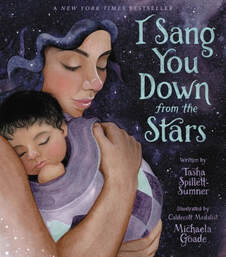
Looking out the window we begin to see the slight change in color of the fall foliage, a brisker feel to the air, and school busses carrying students to their not-so-new-normal classrooms. Apples, pumpkins, and “Indian” corn are appearing in the grocery store aisles. The gift of autumn is here. One highlight of this time of year is the NCTE Annual Conference held in November. Under “normal” circumstances, the Children’s Literature Assembly Breakfast is held in person as part of that gathering. While we will not be able to meet in person this year, the CLA Breakfast will be offered as a live event during the conference. In anticipation of our session, we are sharing about some of the most prolific, wonderful Indigenous multiple award-winning storytellers from across the Four Directions.
Cynthia Leitich-Smith (Muscogee Creek), Traci Sorell (Cherokee Nation), Michaela Goade (Tlingit), Carole Lindstrom (Metis), and Kevin Maillard (Seminole Nation) will make up this year’s Breakfast speaker panel. They will offer insight into their creative writing process, share their newest work, and offer some candid thoughts on how being Indigenous has strengthened their entire literature experience. These storytellers celebrate #OwnVoices in the here and now. They offer counter stories to highlight the dynamism of Native American and Alaska Native communities for all ages. During a conversation with them in February 2021, we discussed the joys of reading and storytelling and reflected on the importance of celebrating the rich legacy of Native experiences that influence contemporary society. Native American, American Indian, or Indigenous peoples (terms used interchangeably) make up the 575+ federally recognized tribes and 200+ state-recognized tribes, much diversity exists across this Indigenous landscape in the United States. To celebrate this diversity, in this post, we will share with you the newest works from these amazing storytellers, including samples of teacher guides, links to audio-books, artwork, and other storytelling materials to share both in and outside of the classroom. Teachers strive to create an environment for children that is all-embracing because they know that when children feel accepted, they will be happy, healthy, and confident members of society. This spirit of inclusiveness should permeate not only the social dynamic of the classroom, but the teaching materials as well. Children’s books that are endowed with social justice themes and multicultural issues provide a much richer reading experience than texts with homogeneous characters and unchallenging stories. The stories shared by these authors and illustrator offer many ways to enlighten students of all ages to the diverse books, cultural nuances, and traditions that Indigenous people bring to the table. Check out these teacher resources for a glimpse into the rich world of native storytelling. Activity Kits and Teacher Guides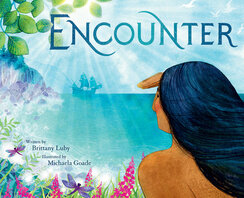
When students encounter texts that feature characters with whom they can connect, they can see how others are like them and how literature can play a role in their lives. If students can feel connected to books, not only will they be more apt to obtain the intrinsic motivation to increase the amount of reading they do, but they will also begin to feel more accepted as strong and unique members of society and to become less vulnerable to negative stereotyping and feelings of oppression. It is the hope of our storytellers that these resources be shared with all students, to demonstrate not only resiliency and determination, but also joy and grace within the texts and illustrations to take them to places they have never seen or heard of before. Below are are some video and audio resources related to some of the works of our storytellers.
Video & Audio Resources
We are obligated to educate our youth with a clear lens and to teach the richness of realistic, authentic, and contemporary literature for children and young adults. We need to promote books where Indigenous characters are up front and visible, not hidden or pushed aside. We want to highlight in a bold, distinguishable manner characters and stories that unveil and promote the beauty of diverse literature written/illustrated by and for Native Nations (also called Indigenous people and used interchangeably here when the specific Nation is not known), and all other marginalized groups. The storytellers highlighted here, and across the land, provide a glimpse of the wonderment and beauty that present-day and historical Indigenous culture and traditions bring to the literature landscape.
Come celebrate with us at 9 am (EST) on November 21, 2021 at the CLA Breakfast at NCTE! There will be great conversation and book giveaways!
Donna Sabis-Burns, Ph.D., an enrolled citizen of the Upper Mohawk-Turtle Clan, is a Group Leader in the Office of Indian Education at the U.S. Department of Education* in Washington, D.C. She is a Board Member (2020-2022) with the Children's Literature Assembly, Co-Chair of the Diversity, Equity, and Inclusivity Committee, and Co-Chair of the 2021 CLA Breakfast meeting (NCTE).
Rachel Skrlac Lo is an Assistant Professor at Villanova University. She is a Board Member (2020-2022) with the Children's Literature Assembly, Co-Chair of the Diversity, Equity, and Inclusivity Committee, and Co-Chair of the 2021 CLA Breakfast meeting (NCTE). Casey O'Donnell is a graduate student in the Masters Plus Teacher Certification Program at Villanova University.
*The views expressed herein do not necessarily represent the positions or policies of the U.S. Department of Education. No official endorsement by the U.S. Department of Education of any product, commodity, service, or enterprise mentioned herein is intended or should be inferred.
By Jared S. CrossleyAlthough the fight for increased diversity in children’s literature has been going on for decades, there has been a recent surge in attention to this need since 2014 and the creation of the We Need Diverse Books (WNDB) campaign. The website for WNDB states that they advocate for “essential changes in the publishing industry to produce and promote literature that reflects and honors the lives of all young people” (We Need Diverse Books, n.d.), and their definition of diversity extends beyond diversity in sexual orientation, gender, and race, but also includes disability. According to the U.S. Department of Education (2019) there were 7 Million students in 2017-2018 who received special education services, accounting for 14 percent of all public school students. The amount of time these students spend inside a general education classroom has been gradually increasing over the last twenty years. This contributes to the growing need for educators to use texts with positive and accurate disability portrayals as part of their reading instruction in the general education classroom (Collins, Wagner & Meadows, 2018). Children with disabilities need to be able to see themselves in the books they read, and their classmates can also benefit, gaining empathy and understanding, by reading about children with similar disabilities. Dr. Rudine Sims Bishop (1990) wrote about how books can serve as windows, “offering views of worlds that may be real or imagined, familiar or strange” (p. 1). They can also serve as mirrors, which reflect our own experiences, and “in that reflection we can see our own lives and experiences as part of the larger human experience” (p. 1). It is very important that all children see themselves reflected in the books they read. However, many children who have disabilities or are racial minorities often don’t see themselves in the books that are available to them. Bishop stated: "When children cannot find themselves reflected in the books they read, or when the images are distorted, negative, or laughable, they learn a powerful lesson about how they are devalued in the society of which they are a part. Our classrooms need to be places where all the children from all the cultures that make up the salad bowl of American society can find their mirrors" -Rudine Sims Bishop Educators should make it a priority to provide all of the children in their classrooms books that serve as mirrors, as well as books that are windows into cultures that are not familiar to their students’ lived experiences. For the past four years, I have been privileged to serve on USBBY’s Outstanding Books for Young People with Disabilities committee. During that time I have gained new perspectives and learned more information about various disabilities and differences. One type of book that often gets grouped into the disability category is books that contain a portrayal of deafness. It has been debated if deafness should be considered a disability (Harvey, 2008; Lane, 2002) with varying opinions for and against the consideration of deafness as a disability. However, regardless of whether or not it is a disability, we need positive portrayals of deafness in children’s literature that can serve as mirrors for children who are deaf, and windows for children who are hearing. Over the past few years there have been a number of excellent middle-grade books that center a child who is deaf. In this post, I want to highlight three titles that I thought were exceptional portrayals.
Show Me a Sign
Show Me a Sign by Ann Clare LeZotte (2020) tells the story of Mary, a young girl growing up deaf in the early 1800’s on the island of Martha’s Vineyard. As part of a Deaf colony on the island, Mary has always felt safe and protected. However, all of this is threatened by the appearance of a young scientist who is bound and determined to find the cause of the island’s deafness so he can cure this “infirmity”. Soon Mary finds herself in harm's way as this scientist takes her as a “live specimen” in order to more closely study her deafness. The sequel, Set Me Free, is set to be released September 21, 2021.
References Bishop, R.S. (1990). Windows, mirrors, and sliding glass doors. Perspectives, 6, ix-xi. Collins, K. M., Wagner, M. O., & Meadows, J. (2018). Every story matters: Disability studies in the literacy classroom. Language Arts, 96(2), 13. Harvey, E. R. (2008). Deafness: A disability or a difference. Health L. & Pol'y, 2, 42. Lane, H. (2002). Do deaf people have a disability?. Sign language studies, 2(4), 356-379. U.S. Department of Education. (2019). Children and youth with disabilities. Retrieved from https://nces.ed.gov/programs/coe/indicator_cgg.asp We Need Diverse Books. (n.d.). About Us. WNDB. Children’s Books Frost, H. (2020). All He Knew. New York, NY: Farrar Straus and Giroux. Kelly, L. (2019). Song for a Whale. New York, NY: Delacorte Press. LeZotte, A.C. (2020). Show Me a Sign. New York, NY: Scholastic Press. Jared S. Crossley is a Ph.D. student at The Ohio State University studying Literature for Children and Young Adults. He is a former 4th- and 5th-grade teacher, and currently teaches children's literature courses at Ohio State. He is the 2020-2021 chair of the Outstanding Books for Young People with Disabilities committee (USBBY). BY JENNIFER M. GRAFF & JOYCE BALCOS BUTLER, ON BEHALF OF THE BIOGRAPHY CLEARINGHOUSE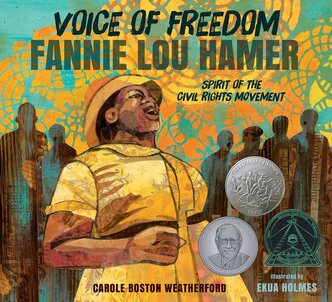 Our current celebration of poetry as a powerful cultural artifact and the national dialogue about voting rights generated by the introduction of 300+ legislative voting-restriction and 800+ voting-expansion bills in 47 states have inspired a rereading of the evocative, award-winning picturebook biography, Voice of Freedom: Fannie Lou Hamer, Spirit of the Civil Rights Movement. Written by Carole Boston Weatherford, illustrated by Ekua Holmes, and published by Candlewick Press in 2015, Voice of Freedom offers a vivid portrait of the life and legacy of civil rights activist, Fannie Lou Hamer. Her famous statement, “All my life I’ve been sick and tired. Now I’m sick and tired of being sick and tired” (p.18) serves as a testimonial to the psychological and physiological effects of the injustices and violence inflicted upon Hamer and other Black community members in Mississippi. Additionally, Hamer’s statement signifies her tenacity, conviction, and unwavering fight for voting rights, congressional representation, and other critical components of racial equality until her death in 1977.
Below we feature one of two time-gradated teaching recommendations included in the Create section of the Voice of Freedom book entry. Youth As Agents of Change in Local CommunitiesWeatherford begins Voice of Freedom with Hamer’s own words: “The truest thing that we have in this country at this time is little children . . . . If they think you’ve made a mistake, kids speak out.” Pairing Hamer’s advocacy detailed in Voice of Freedom with contemporary youth activists, guide students in their exploration of how they can (or continue to) be agents of change in their communities.
To see more classroom possibilities and helpful resources connected to Voice of Freedom: Fannie Lou Hamer, Spirit of the Civil Rights Movement, visit the Book Entry at The Biography Clearinghouse. Additionally, we’d love to hear how the interview and these ideas inspired you. Email us at [email protected] with your connections, creations, and questions. Jennifer M. Graff is an Associate Professor in the Department of Language and Literacy Education at the University of Georgia where her scholarship focuses on diverse children’s literature and early childhood literacy practices. She is a former committee member of NCTE’s Orbis Pictus Award for Outstanding Nonfiction K-8, and has served in multiple leadership roles throughout her 15+ year CLA membership. Joyce Balcos Butler is a fifth-grade teacher in Winder, Georgia, where she focuses on implementing social justice learning through content areas. She is a National Writing Project Teacher Consultant, a Red Clay Writing Fellow at the University of Georgia, and a member of CLA. BY JEANNE GILLIAM FAIN ON BEHALF OF THE NCBLA 2021 COMMITTEEThe NCBLA 2021 committee has the following charge as a committee:
The charge of the seven-member national committee is to select 30 books that best exemplify the criteria established for the Notables Award. Books considered for this annual list are works of fiction, nonfiction, and poetry written for children, grades K-8. The books selected for the list must meet the following criteria: 1. be published the year preceding the award year (i.e. books published in 2021 are considered for the 2020 list); 2. have an appealing format; 3. be of enduring quality; 4. meet generally accepted criteria of quality for the genre in which they are written; 5. meet one or more of the following criteria:
Books transport us into new places and sometimes take us out of the craziness of the world. This was one of those years where we experienced unexpected challenges. I led this committee as we navigated some of the real challenges of the pandemic. To be perfectly honest, in September when we didn’t have the normal number of books, I panicked. I am truly thankful for this thoughtful committee that continually encouraged me to keep going as I contacted publishers in hopes of obtaining more physical copies of books. Many publishers returned from turbulent times and physical copies of books were difficult to obtain. However, as a committee member, it’s just easier to dig deeper with a text when you have a physical copy in front of you. Thankfully, publishers started returning to sending physical copies of books at the end of January and in February. We continue to be so thankful for the support many publishers extended to us as they worked diligently to send our committee books. However, that meant, that we had to read on a rigorous schedule and we often had to meet more than twice a month in order to have critical conversations around the literature. Here’s a figure that highlights our process as a committee: Recurrent Themes from the 2021 NCBLA List
Some of the 2021 NCBLA Books We invite you to see the power of literature across our 2021 NCBLA Book List!Jeanne Gilliam Fain is s a professor at Lipscomb University in Nashville, Tennessee and Chair of the 2021 Notables Committee.
2021 Notable Children's Books in the Language Arts Selection Committee Members
|
Authors:
|
CLA
About CLA
|
Journal of Children's Literature
Write for JCL
|
ResourcesCLA-sponsored NCTE Position Statements
|
Members-Only Content
CLA Video Library
|
© COPYRIGHT 2018.
ALL RIGHTS RESERVED |

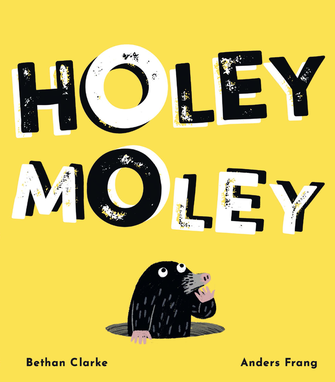
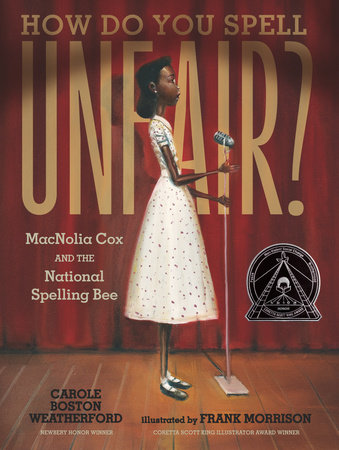
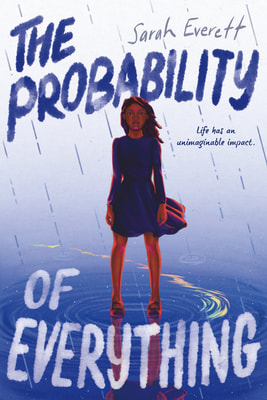
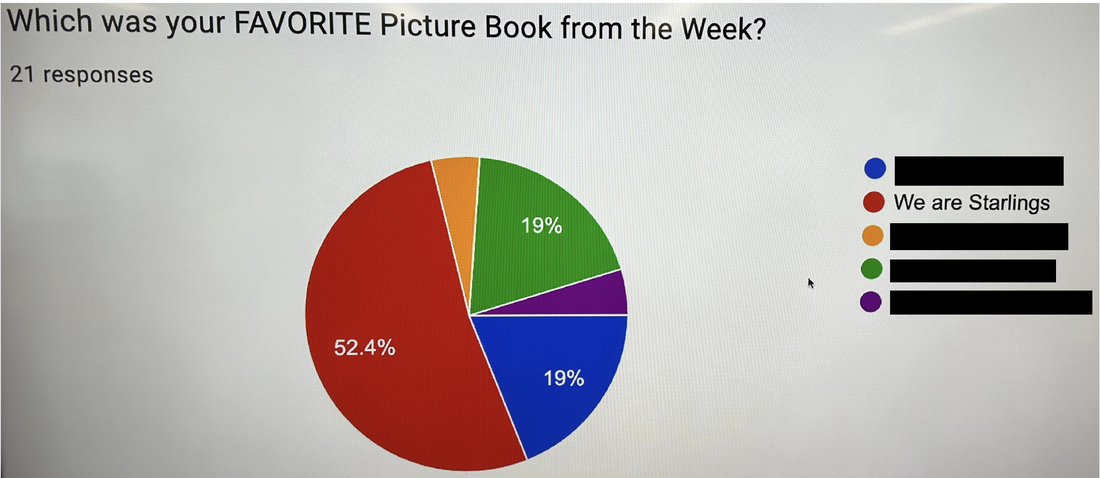
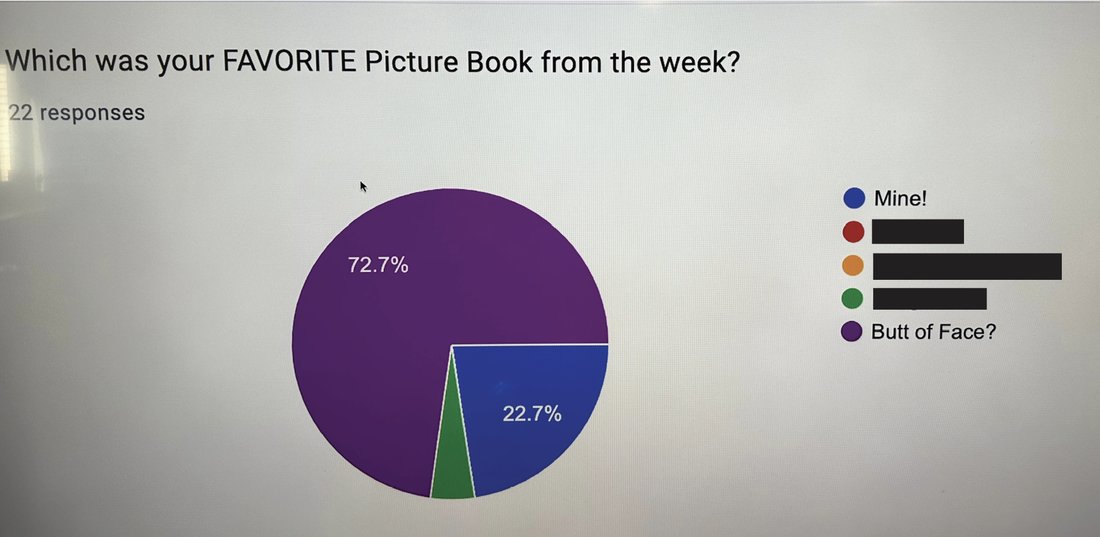
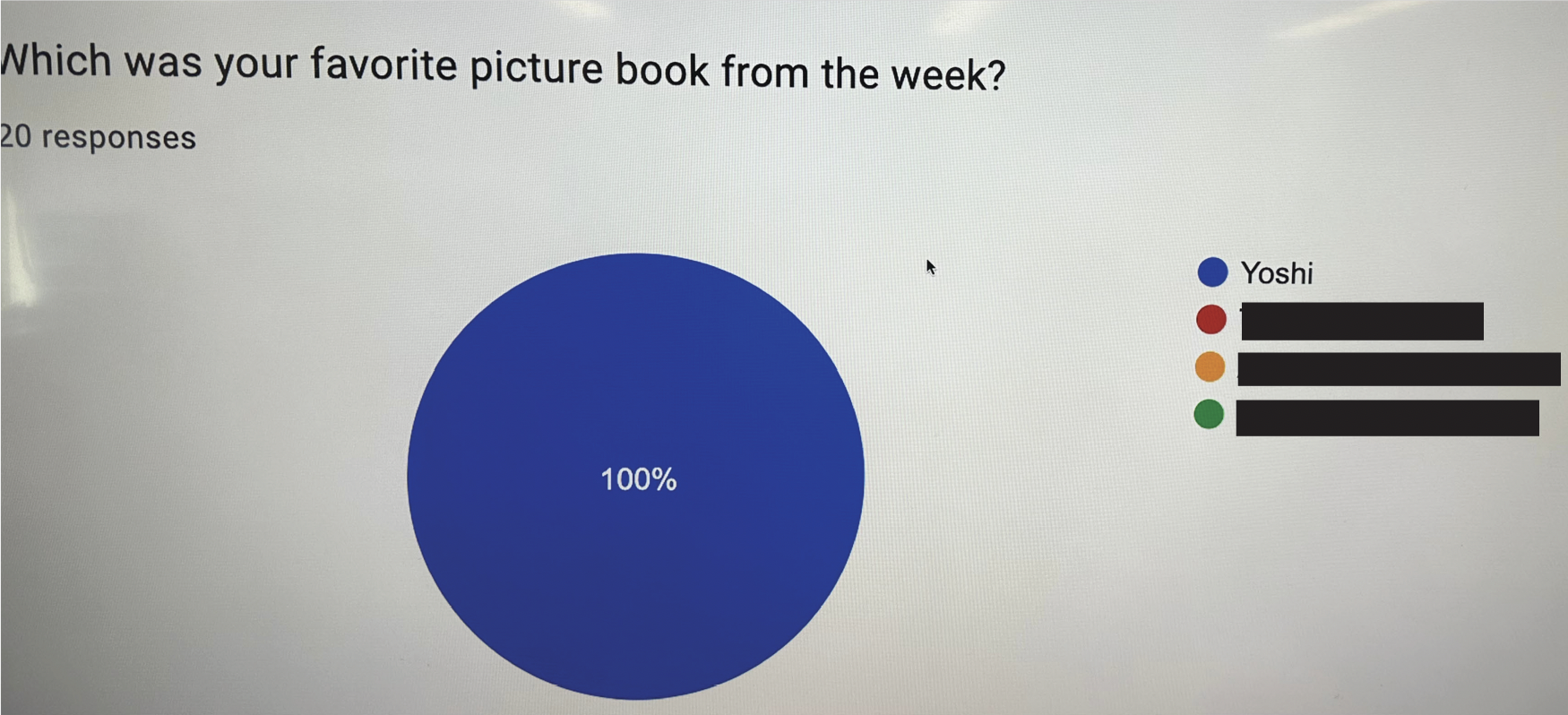
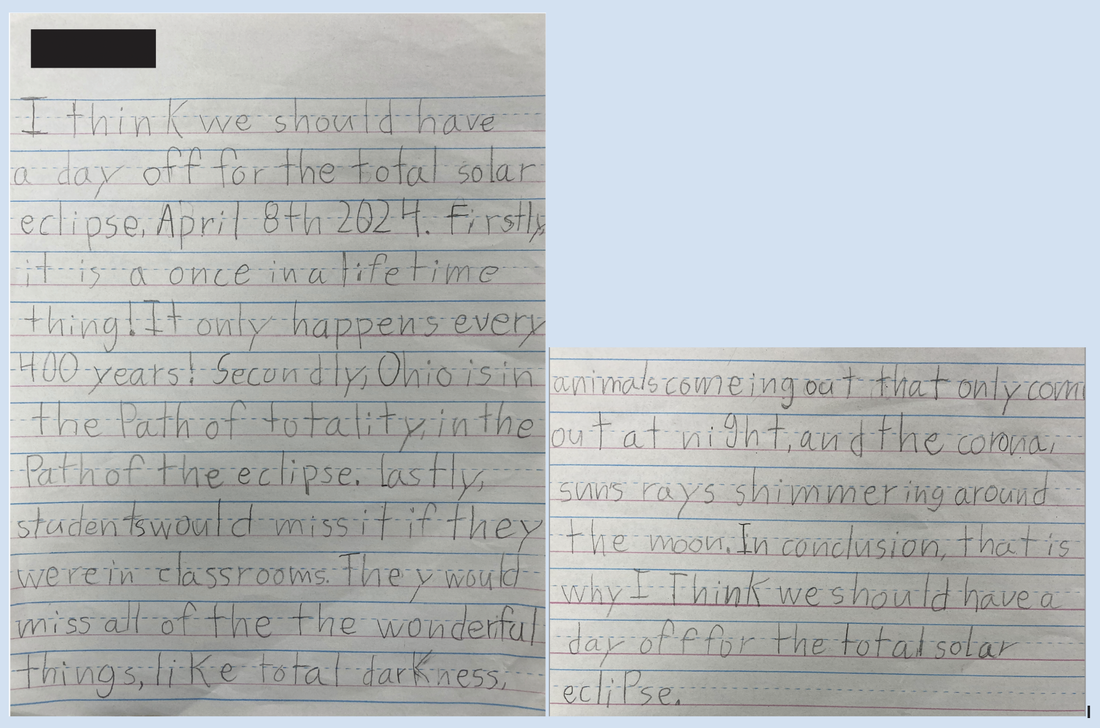
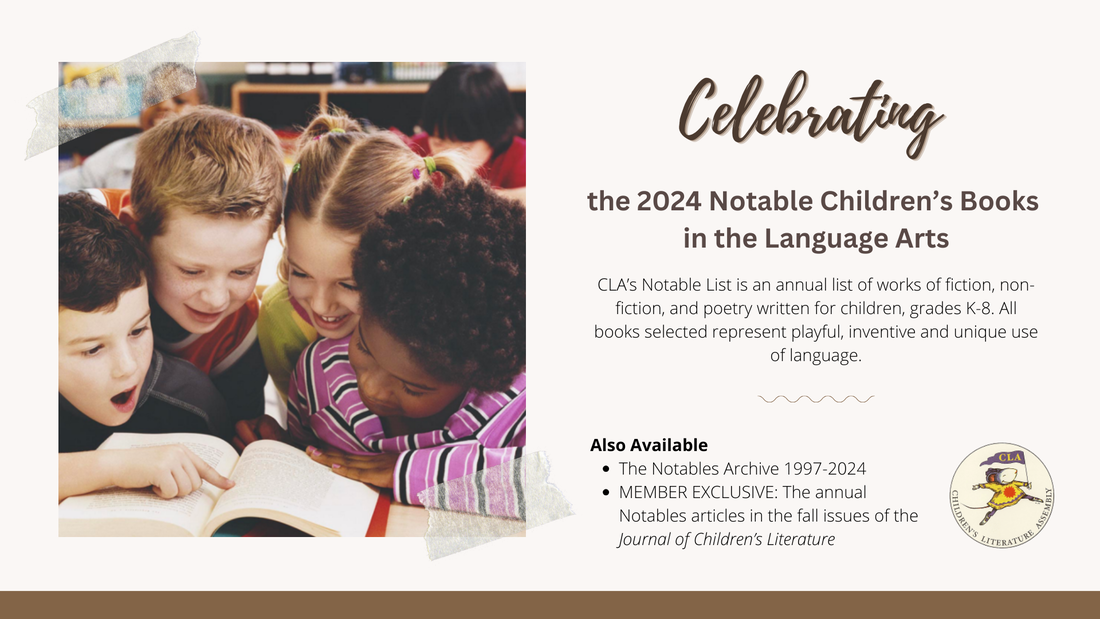
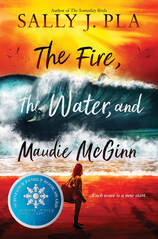
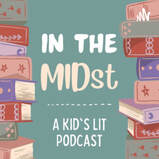
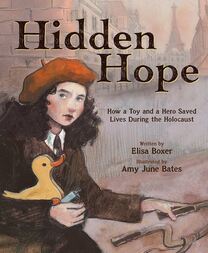
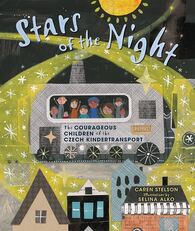
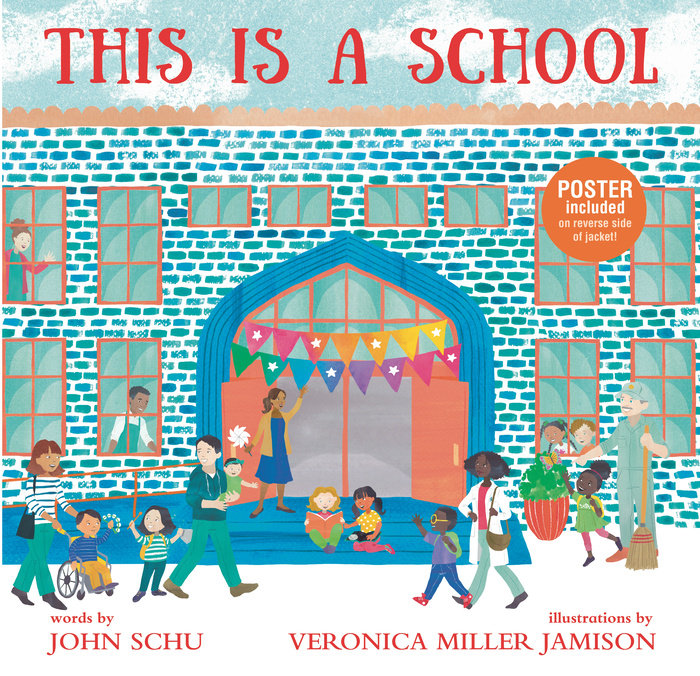
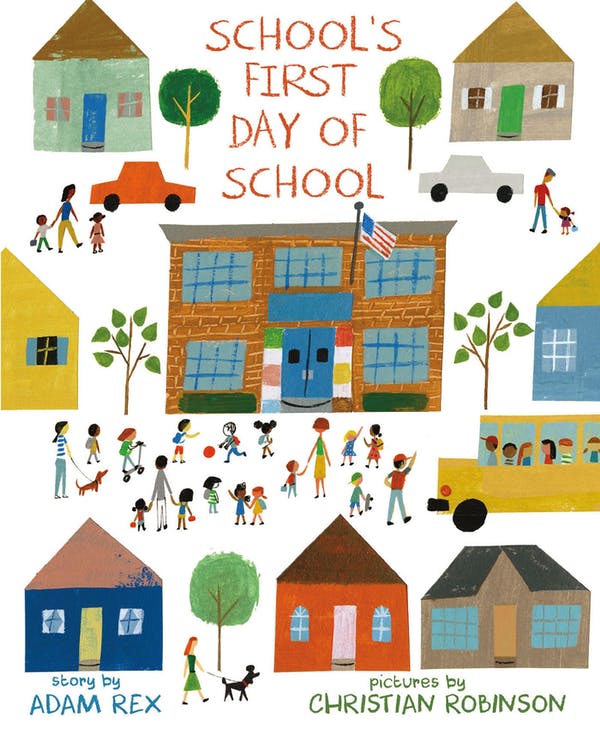
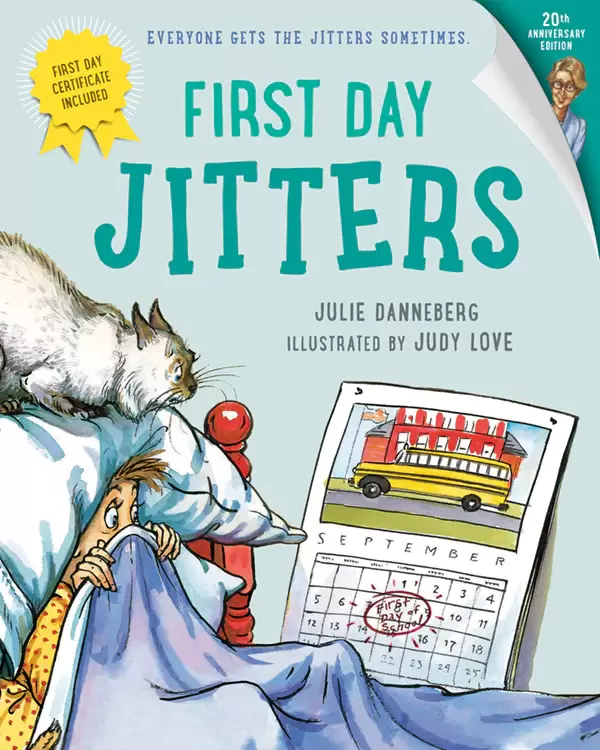
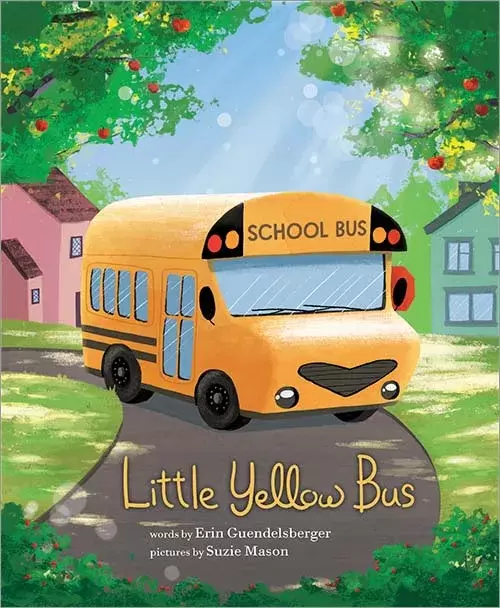
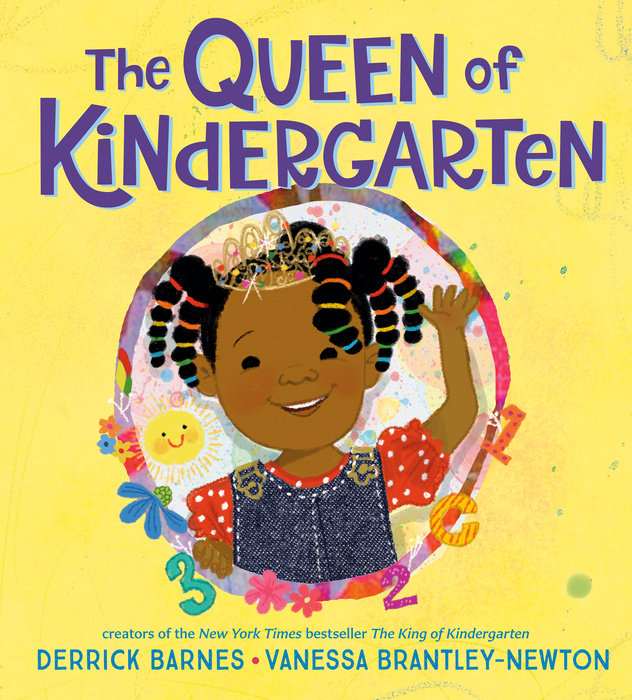
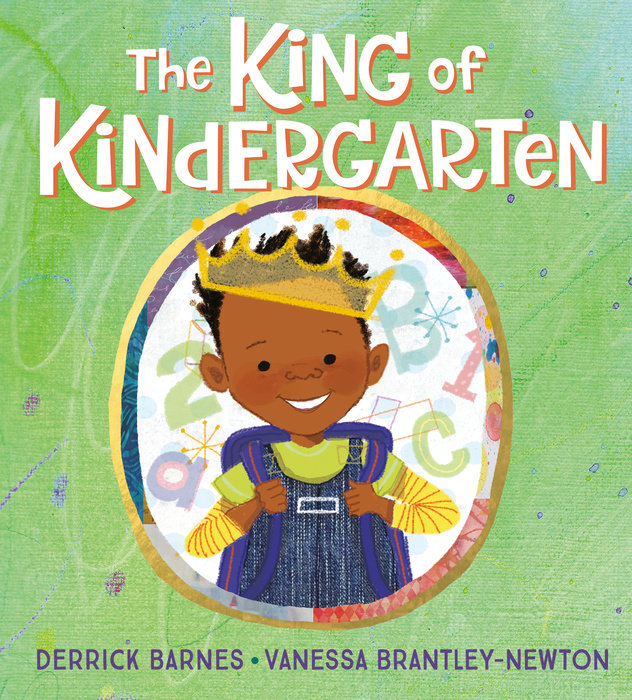
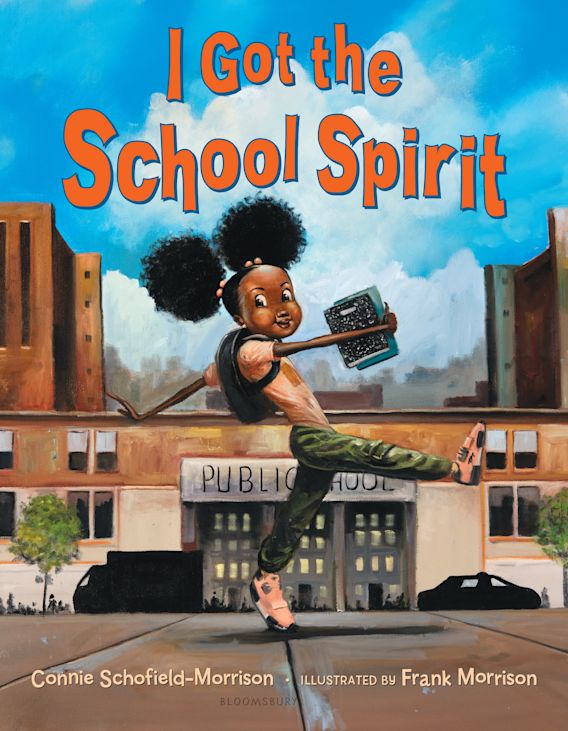
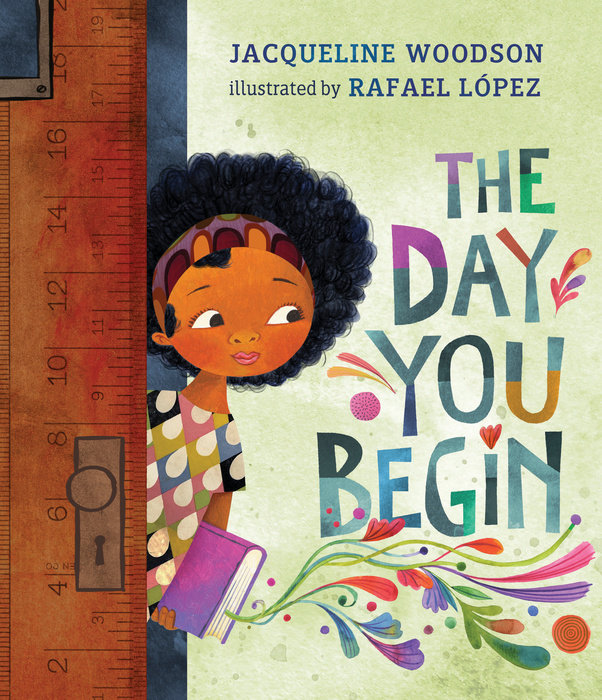
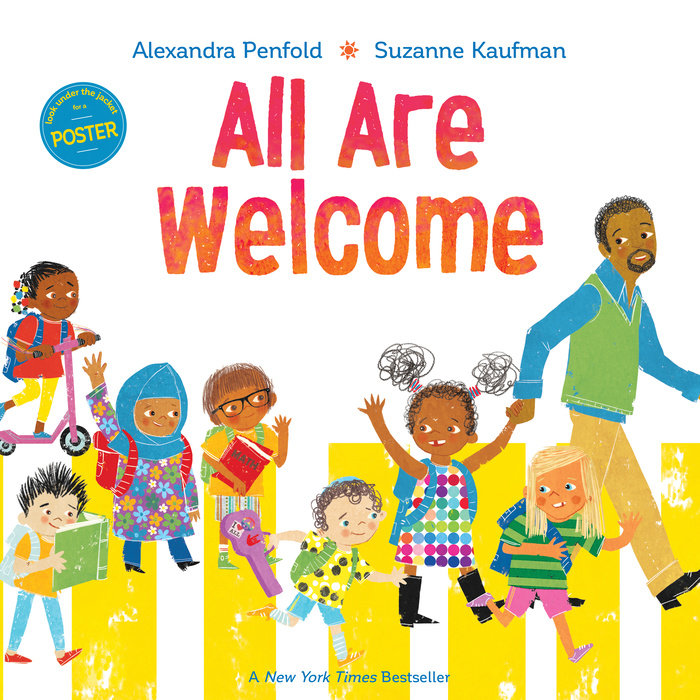
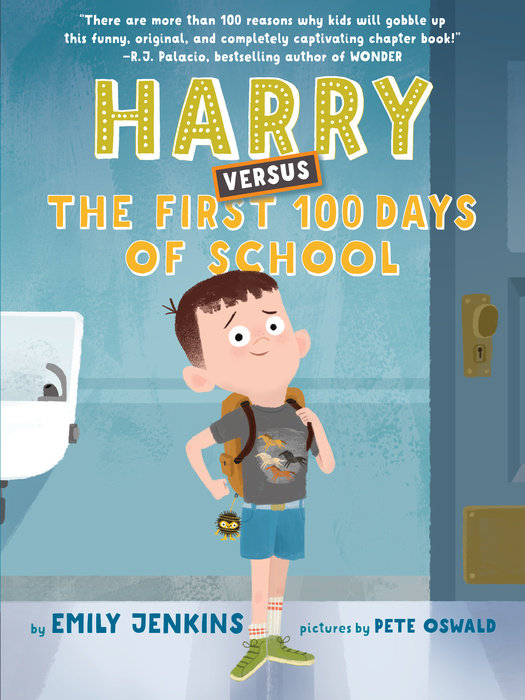
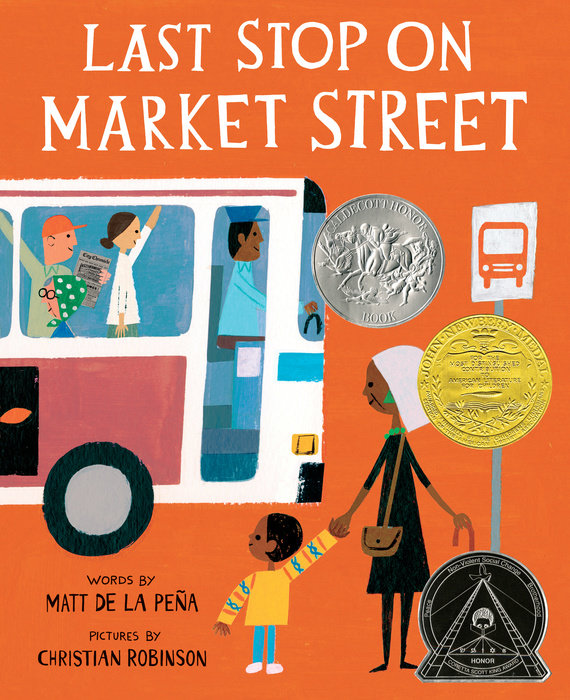
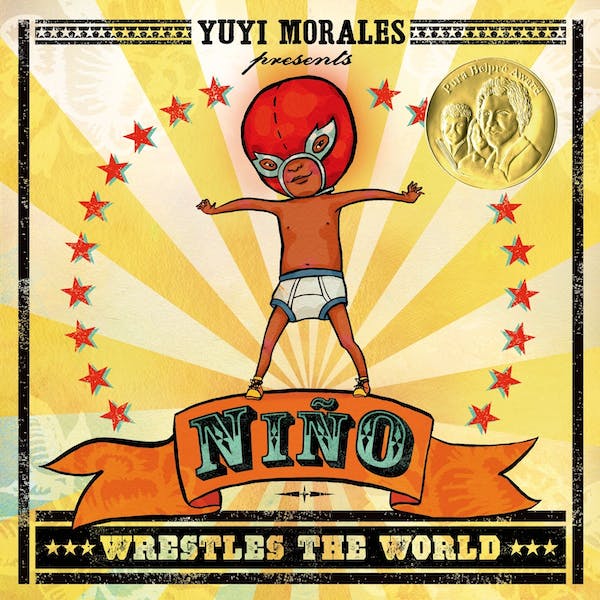
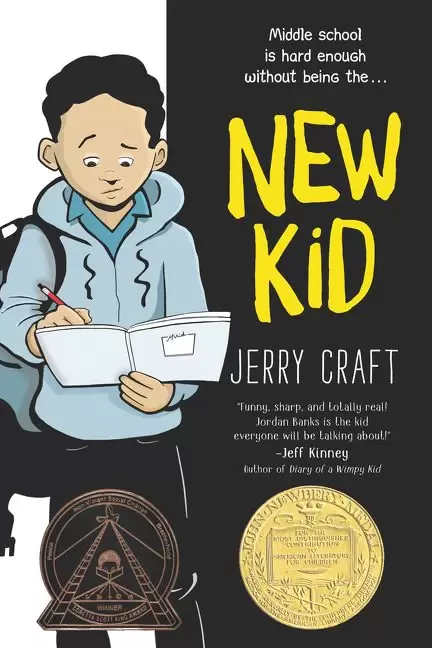
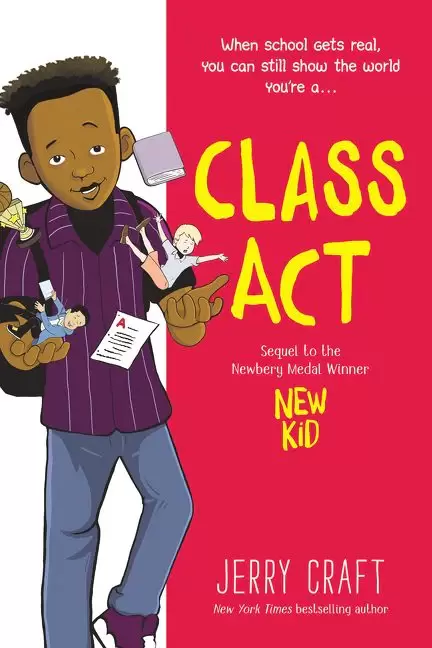
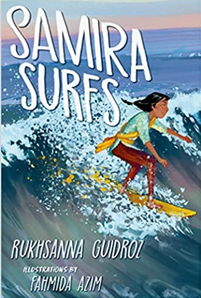
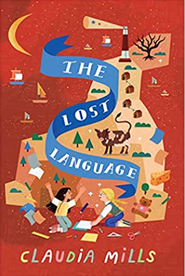
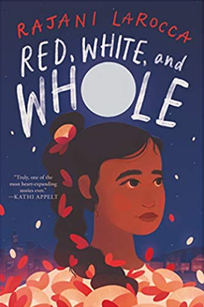
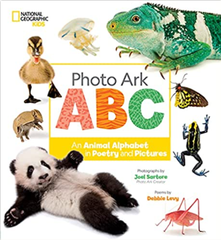
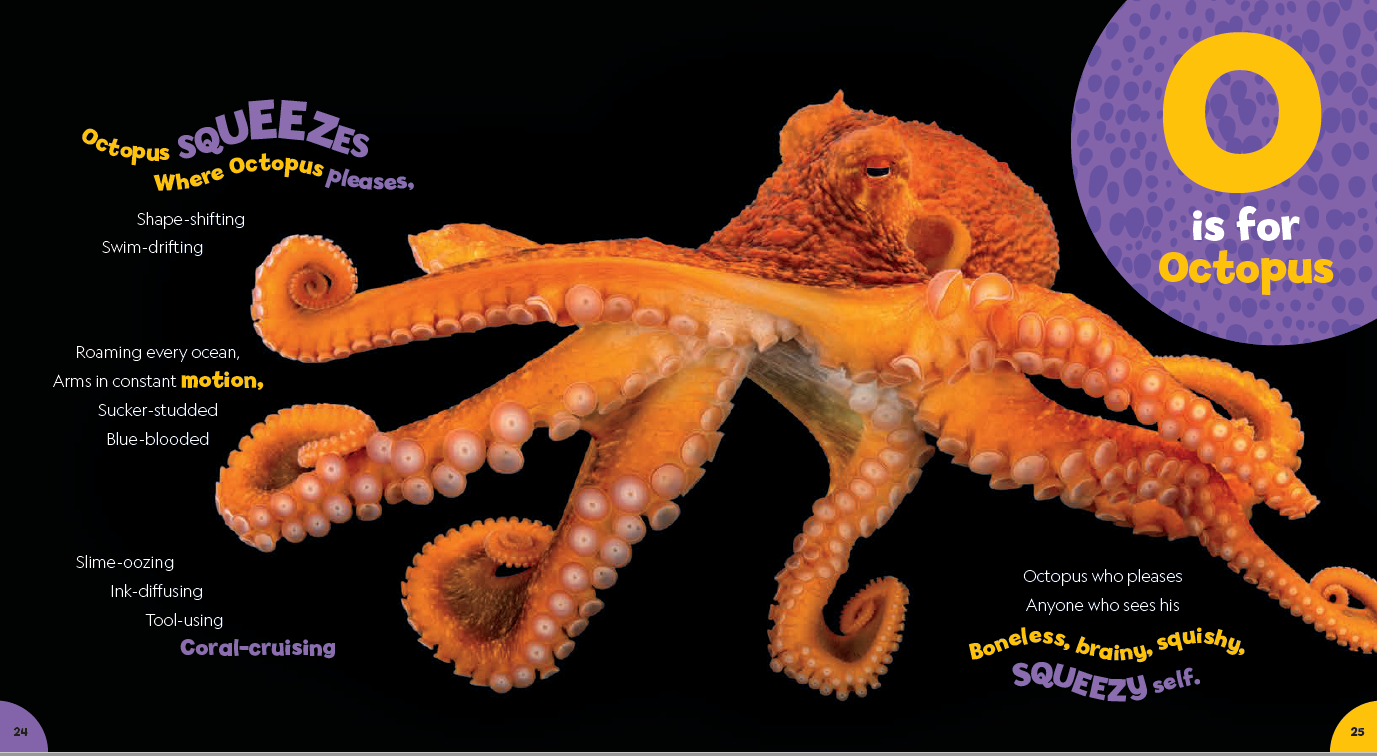
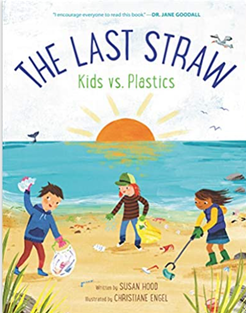
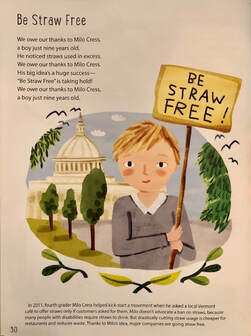
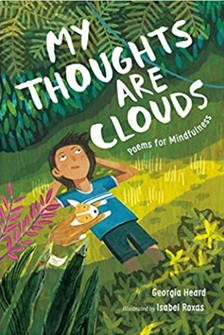

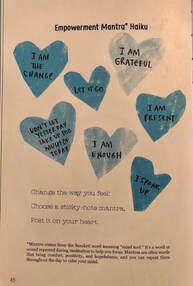
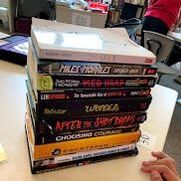

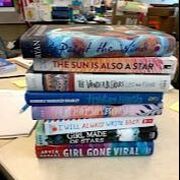
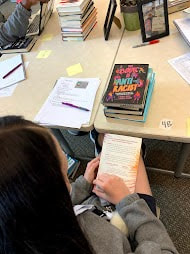
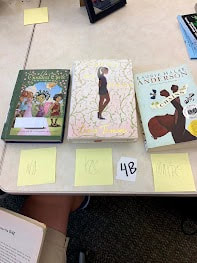
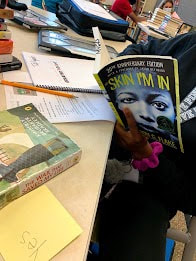
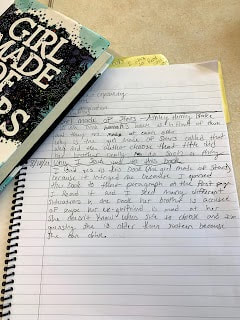
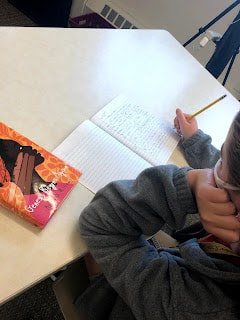
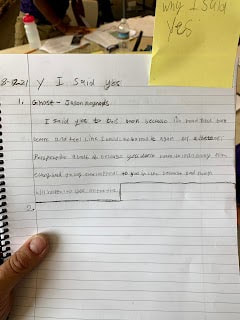
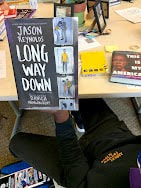
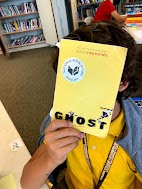
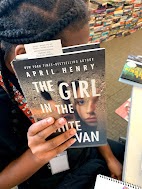

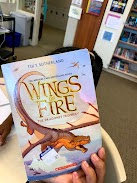
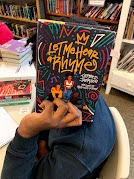
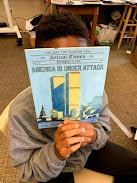
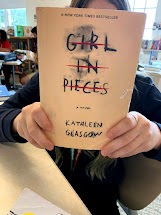
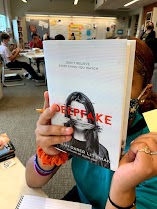
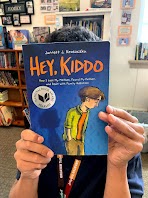
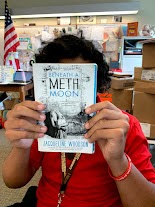
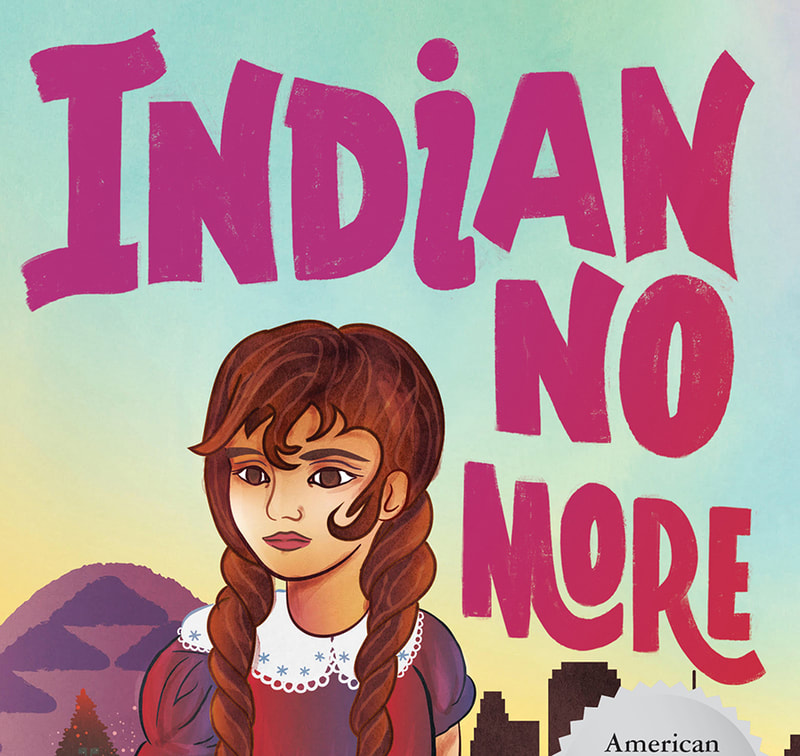
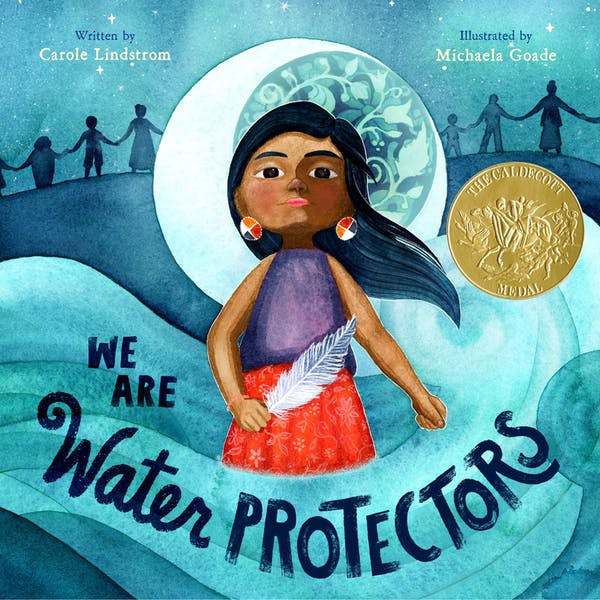
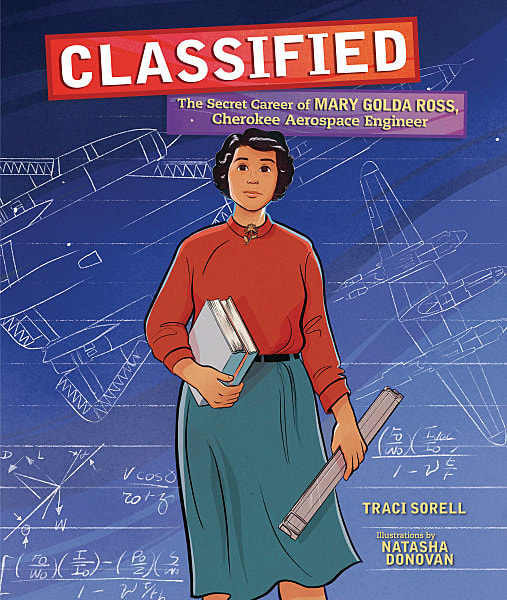
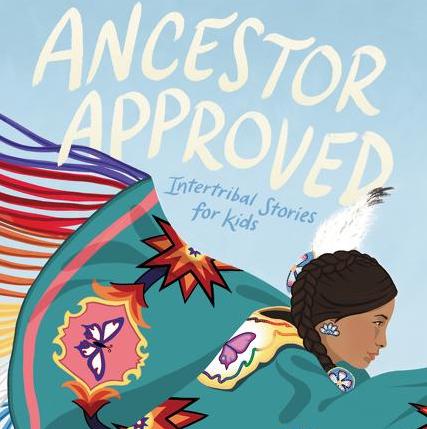
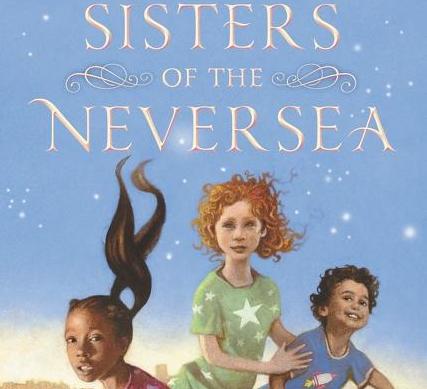
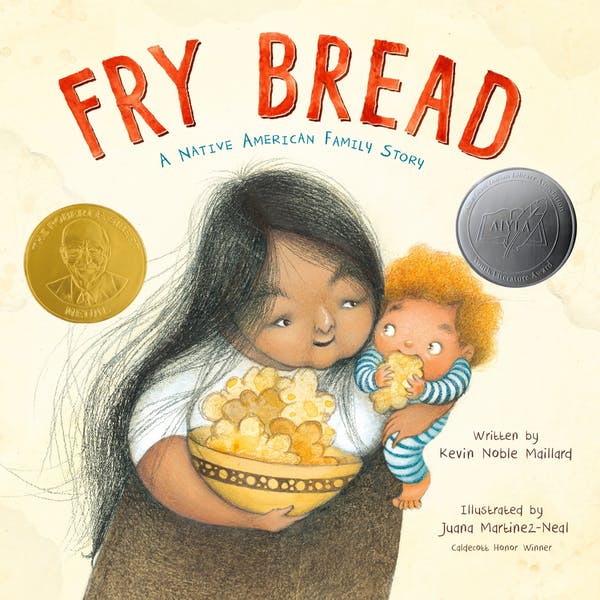
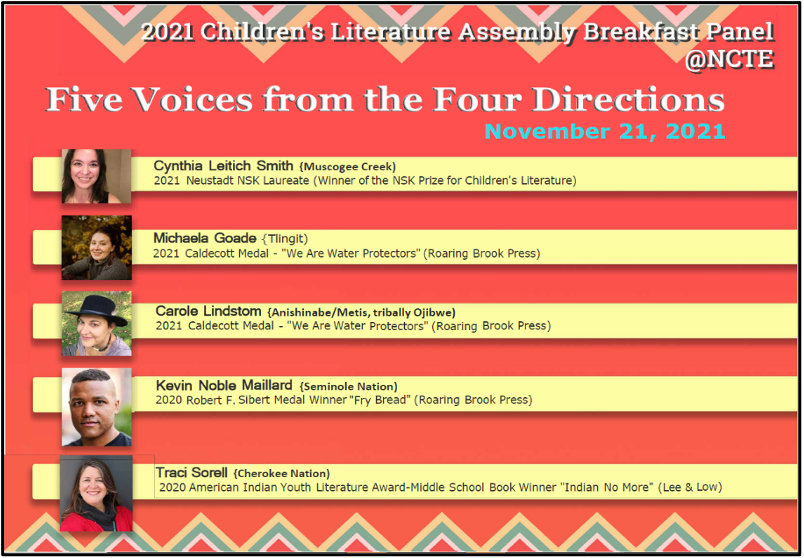
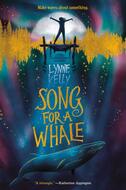
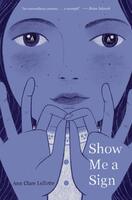
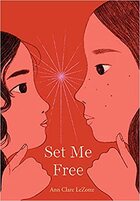
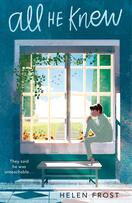
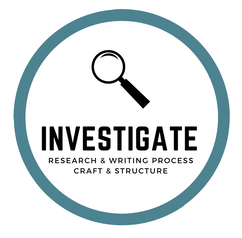
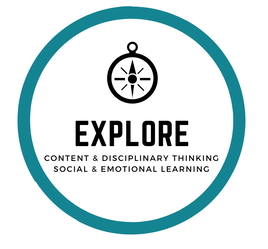
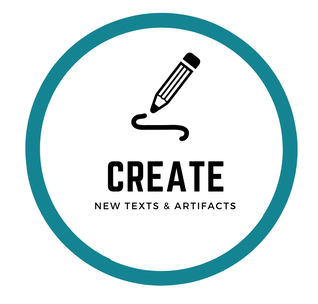

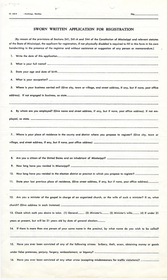
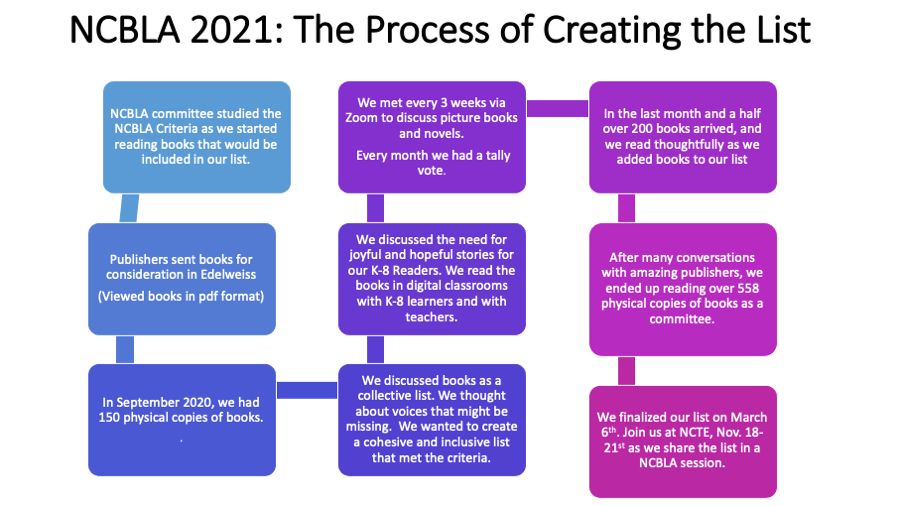
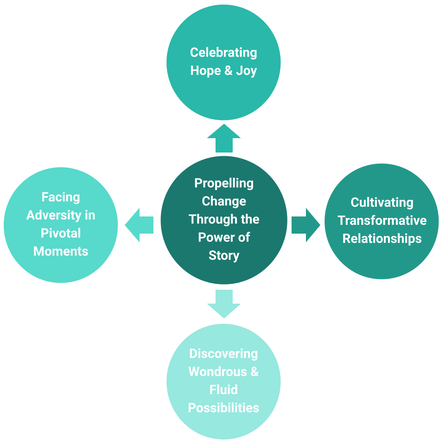
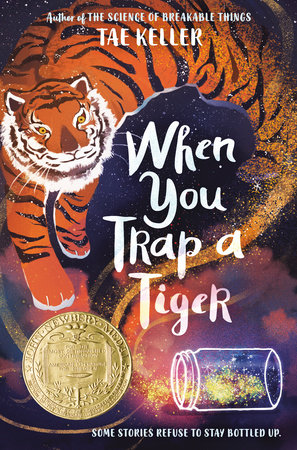
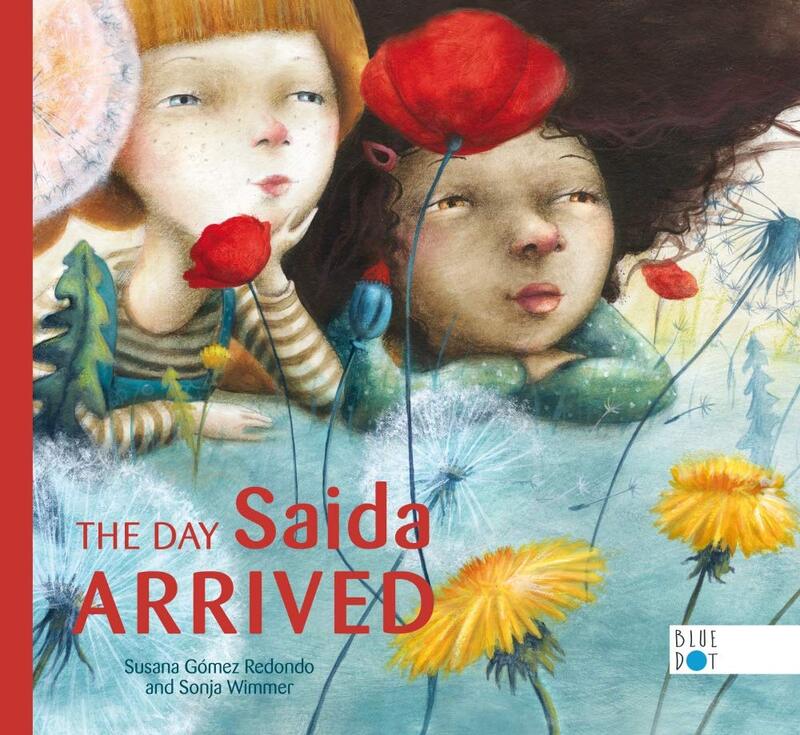
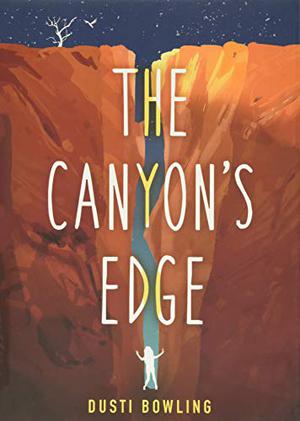
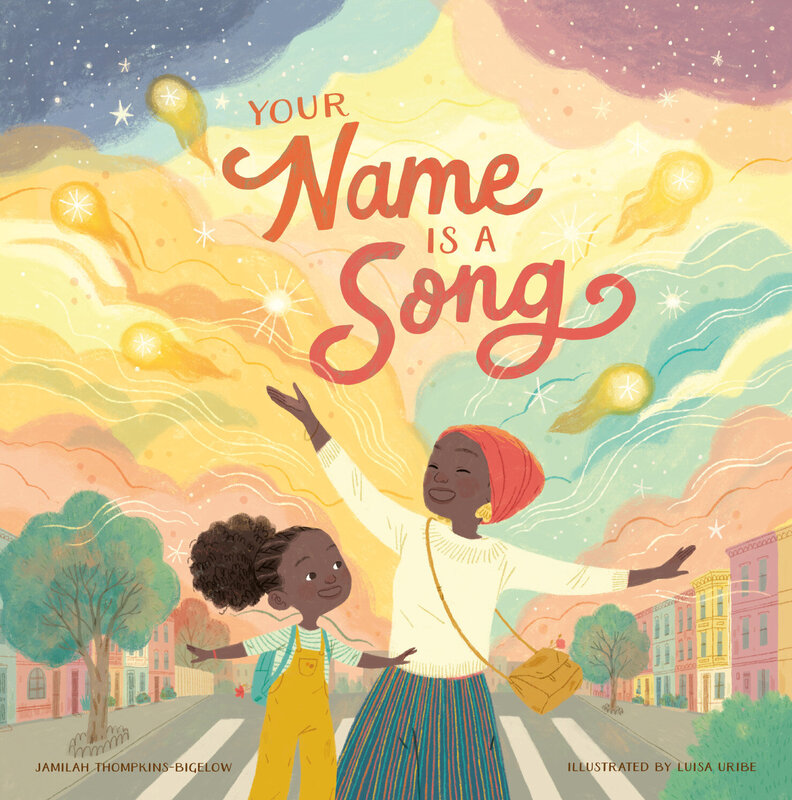


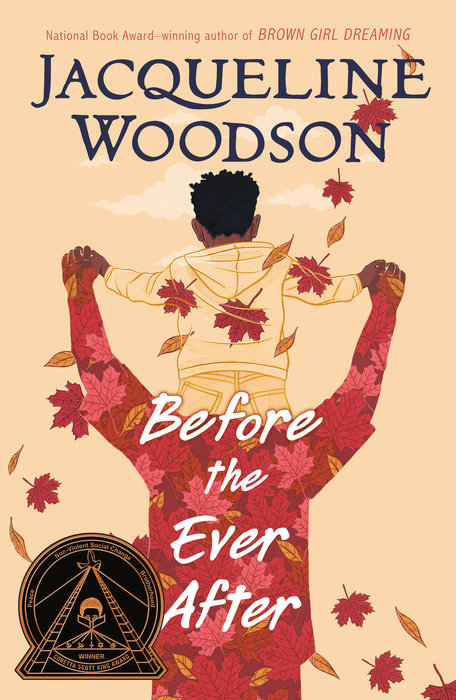
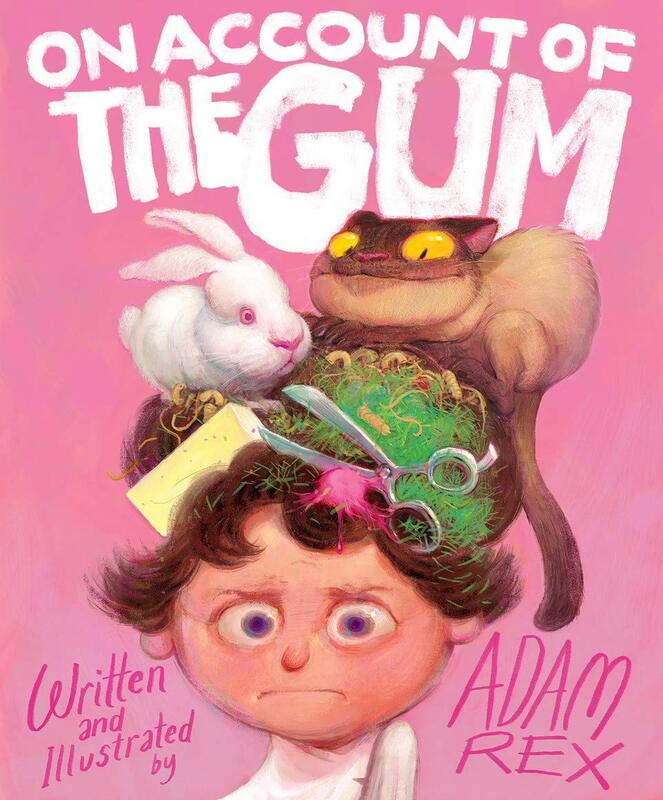
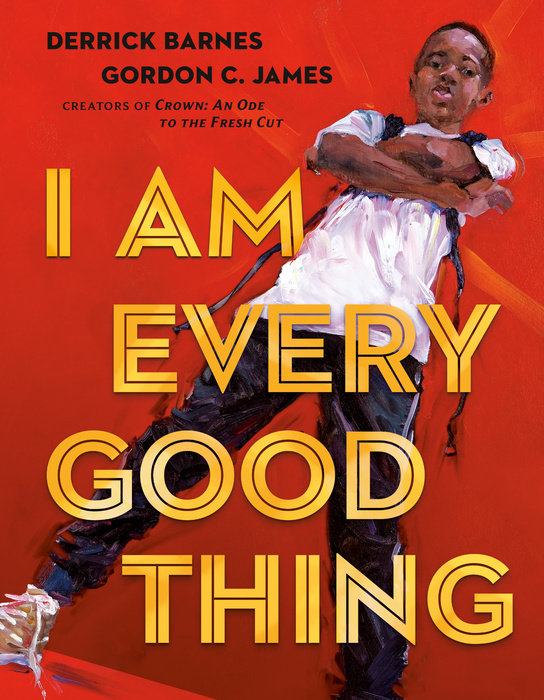
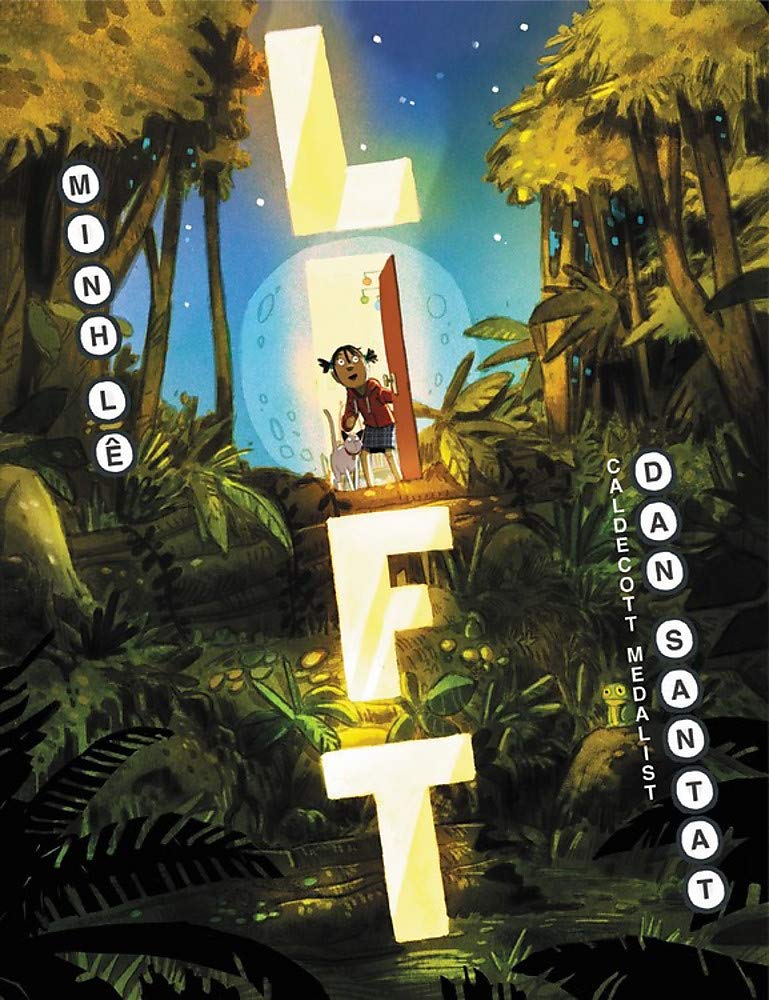
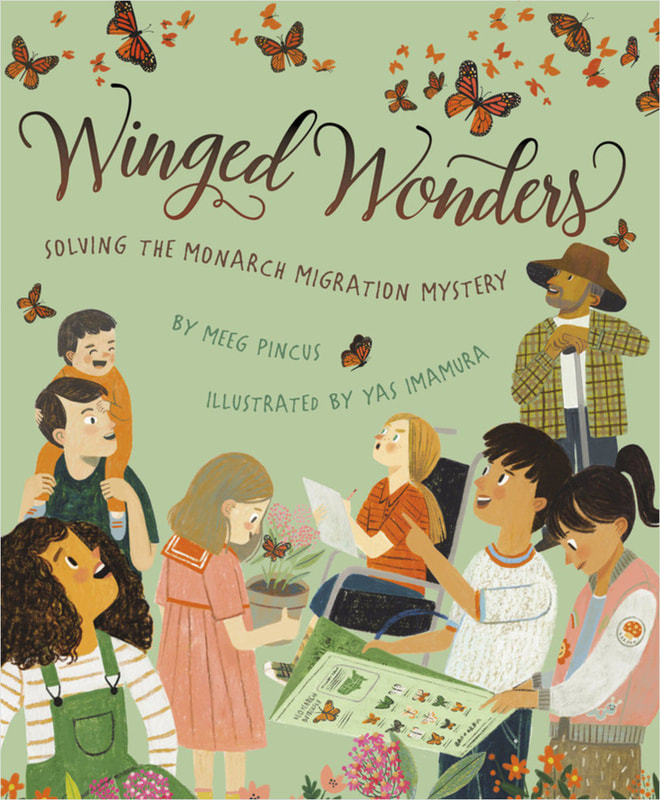
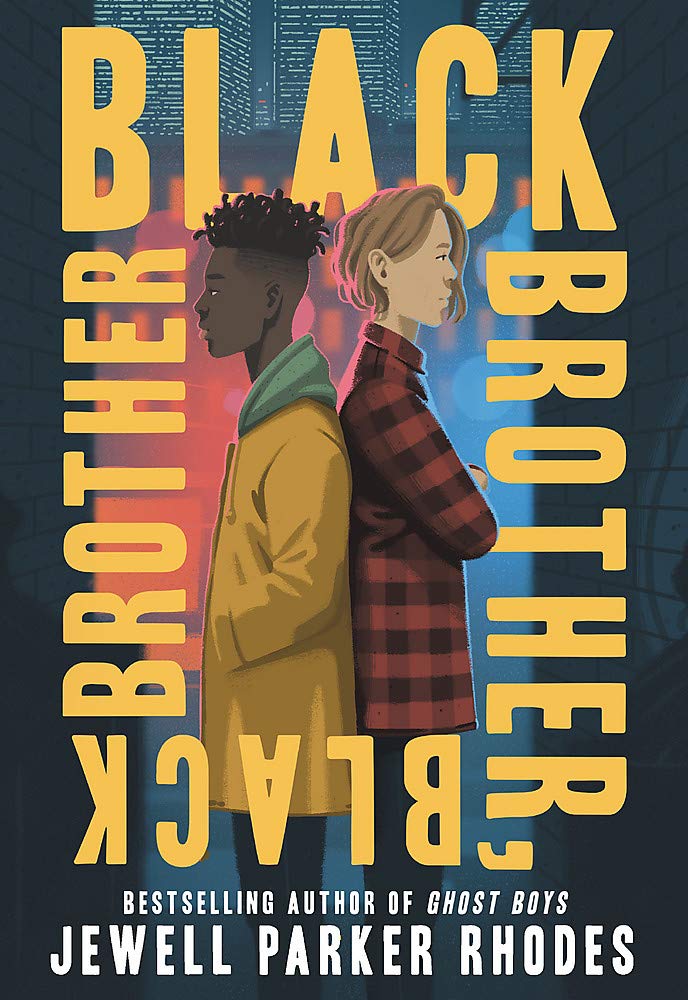
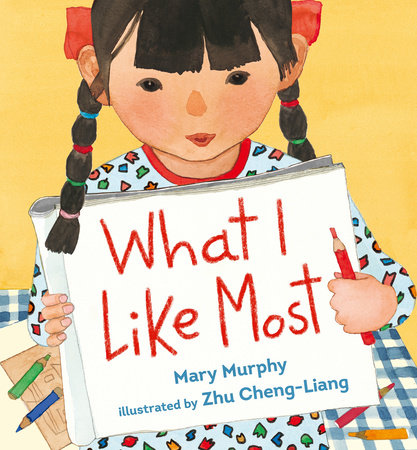
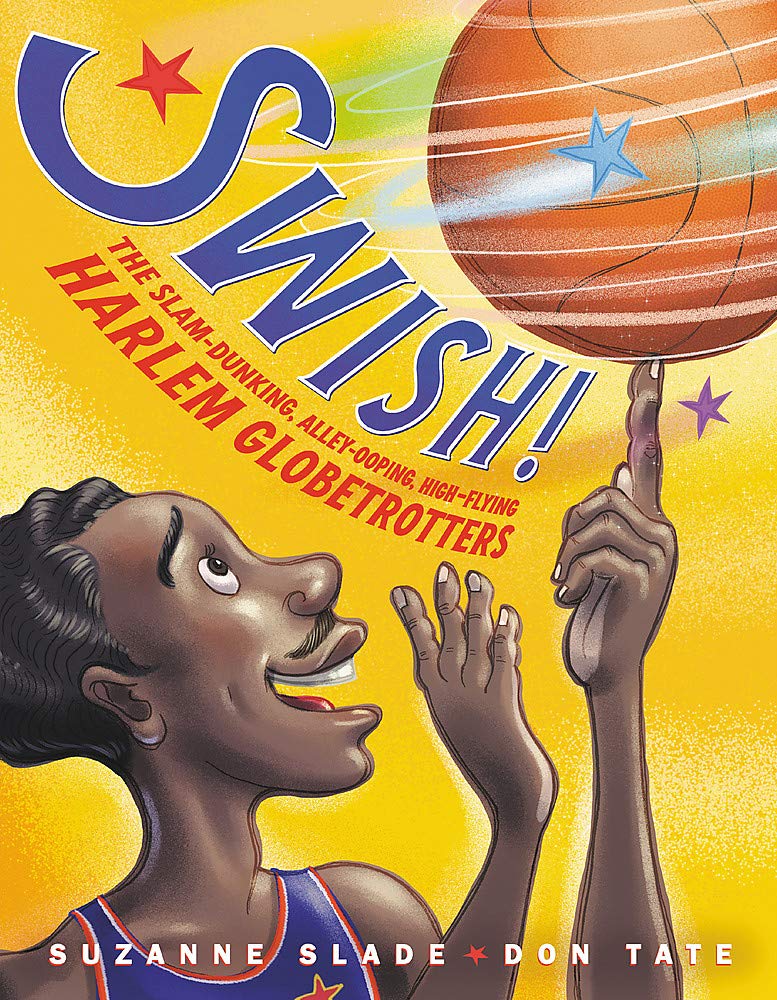
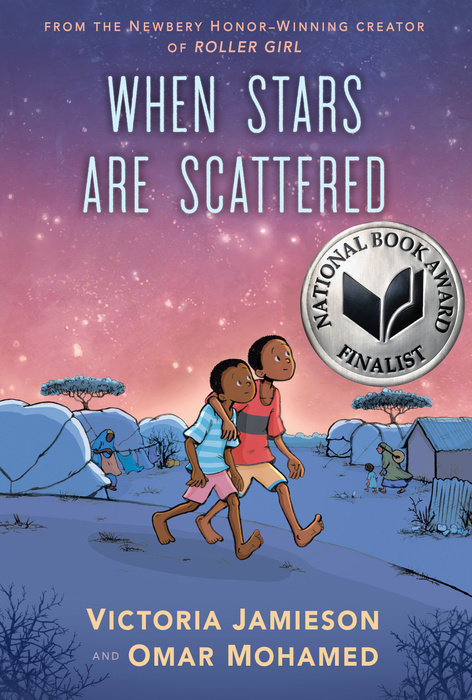
 RSS Feed
RSS Feed